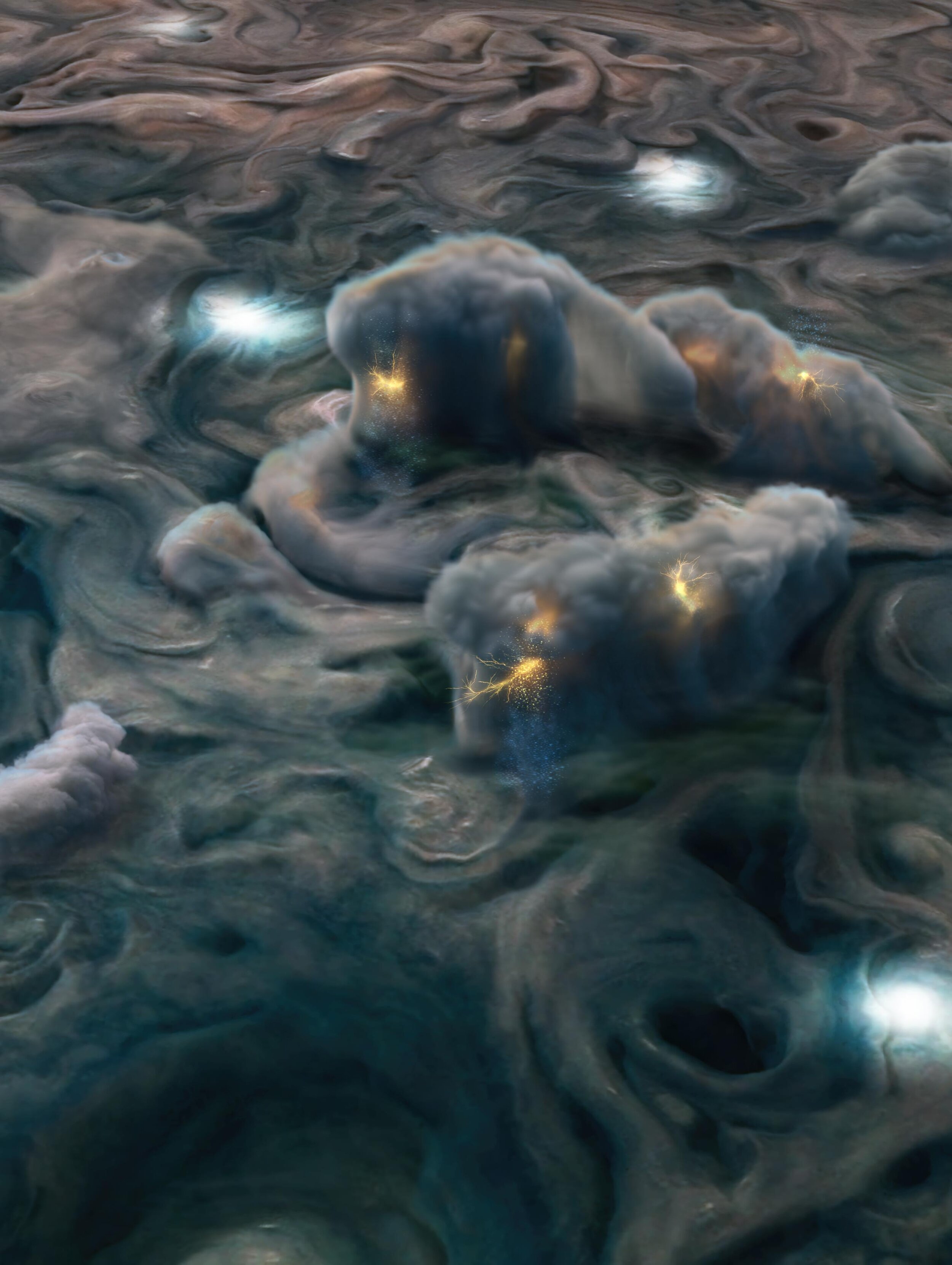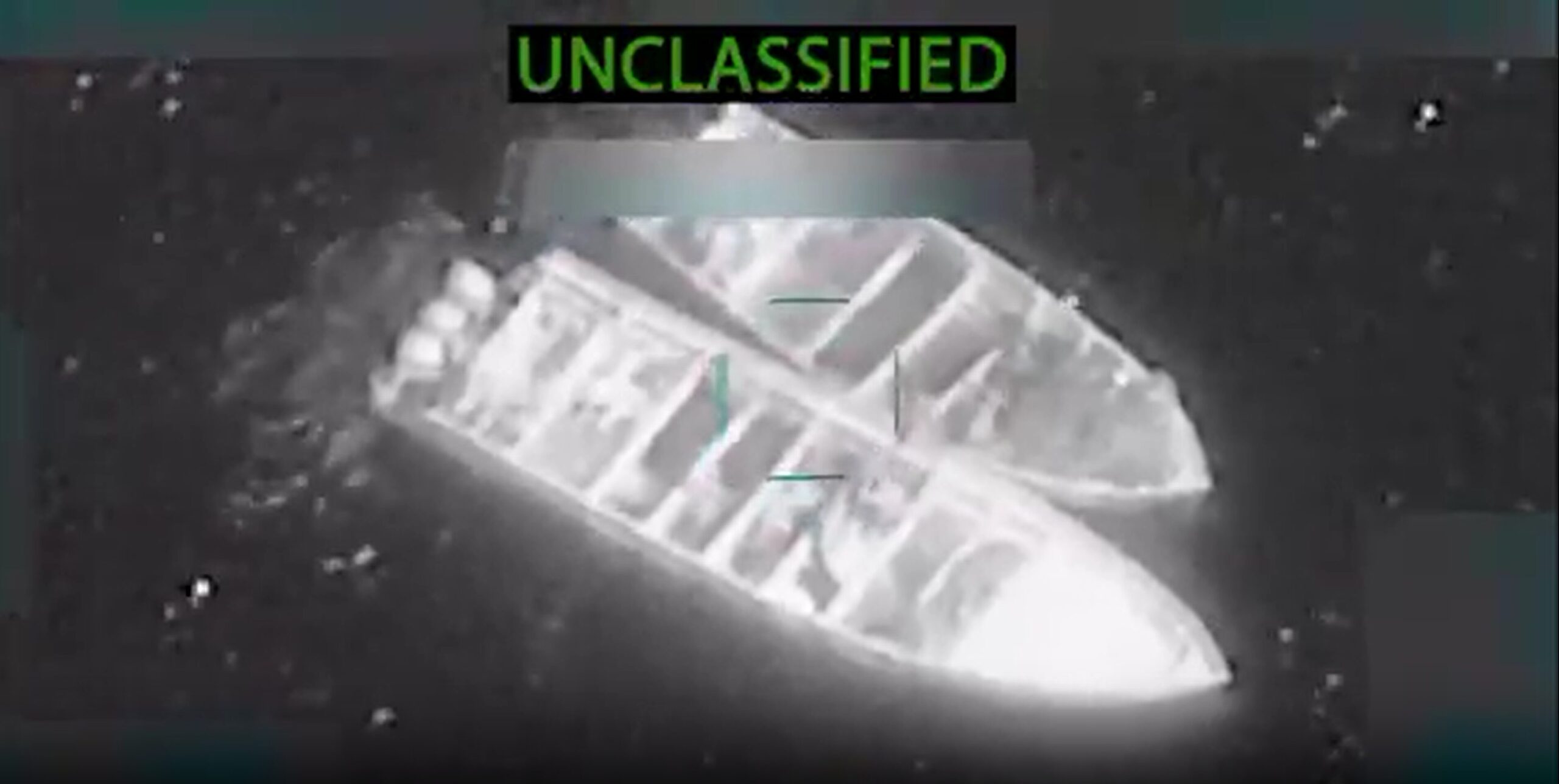PICTURED: An image of Venus showing the clouds, taken by the ultraviolet imager of the Venus Climate Orbiter Akatsuki, the only craft that currently observes Earth’s near neighbors. PC: Institute of Space and Astronautical Science of Japan, image processed by Melina Thévenot.
Scientists’ estimates that life could exist within the phosphine clouds above the surface of Venus have been proven wrong this week in a paper that also suggested the water concentrations above Jupiter could host microbial life.
Last September researchers from the UK made observations using powerful telescopes that a potential signature for life, phosphine gas, was detected in the atmosphere of Venus, a nearby planet that roasts at temperatures much higher than Earth.
A trio of writers at the New York Times detailed last year that “although the surface of Venus is like a blast furnace, a cloud layer just 31 miles below the top of its atmosphere may reach temperatures as low as 86 degrees Fahrenheit, and has a pressure similar to that at ground level on Earth”.
It is there, they state, that scientists like Carl Sagan suggested life could have synthesized.
It was exciting, and created a buzz around astronomy particularly among circles who study phosphine gas, produced in low-oxygen environments by microbes such as a stomach or swamp.
However a new paper from Queen’s University Belfast has put the theory to bed in large part, as described in a statement: “using their approach to study the sulfuric acid clouds of Venus, the researchers found that the water activity was more than a hundred times below the lower limit at which life can exist on Earth”.
Instead, they write “Jupiter’s clouds have a high enough concentration of water, as well as the correct temperature, for life to exist there”. The authors were looking not only at the presence of water, but a factor called water activity, which is the concentration of water molecules.
PICTURED: An illustration of stormy clouds on Jupiter, based on images from the Stellar Reference Unit camera of the Juno mission (NASA). PC: NASA/JPL-Caltech/SwRI/MSSS/Gerald Eichstädt/Heidi N. Becker/Koji Kuramura.
Speaking with the BBC, Dr. Chris McKay is an astrobiologist and co-author of the paper who works in part for NASA.
“…water activity – is within the range in a certain layer at Jupiter,” he tells the British media. “But to show that this layer is habitable, we would have to go through all the requirements for life and show that they’re all met. So it’s much harder to say, Jupiter’s atmosphere is habitable than it is to say Venus’s clouds are uninhabitable”.
The zone in Jupiter’s atmosphere experiences 5-times the pressure than at sea level here on Earth, and along with a way of overcoming the pressure, there would have to be some kind of nutrients for life to find a way.
“This is a timely finding given that NASA and the European Space Agency just announced three missions to Venus in the coming years,” stated Prof. John E. Hallsworth, lead author of the study at the North Irish university. “One of these will take measurements of Venus’s atmosphere that we will be able to compare with our finding”.



